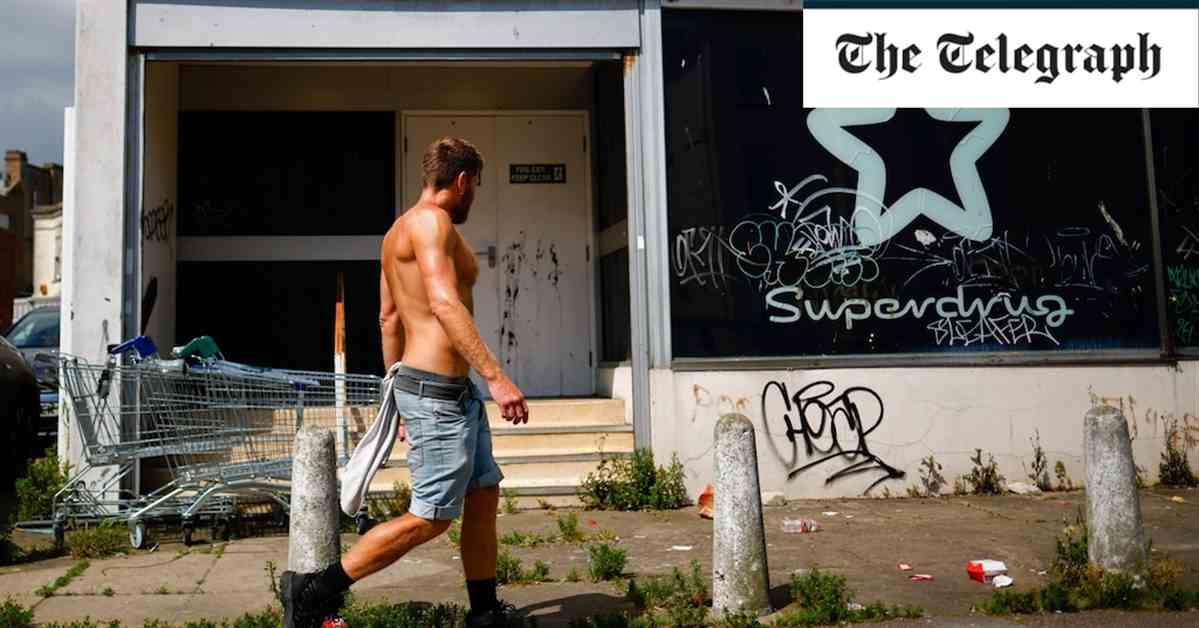Clacton-on-Sea: The Town Left Behind
In the heart of Clacton-on-Sea, the struggles of the white working-class are on full display. Nigel Farage’s recent visit to this deprived Essex town has sparked conversations about the neglect faced by its residents. With Brexit supporters making up a significant portion of the population, the spotlight is on Clacton as a microcosm of the challenges facing working-class communities across Britain.
The statistics paint a stark picture of Clacton’s reality. With one of the lowest median incomes in the UK and high rates of economic inactivity, the town is grappling with a lack of opportunities. Local businesses are shutting down, crime rates are soaring, and health indicators are alarming. From low education levels to shorter life expectancies, the residents of Clacton are facing a multitude of challenges that have been exacerbated by years of neglect.
Farage’s message seems to resonate with many in Clacton, who feel disillusioned by mainstream political parties. His promise to address the issues affecting the white working-class has garnered support from those who feel left behind by the current system. As the Reform party gains traction in the area, the upcoming election on July 4 could be a turning point for Clacton and the wider political landscape in the UK.
While Clacton may be just one town, its struggles reflect a broader pattern of neglect and disenchantment among the white working-class. As Farage rallies support in this forgotten corner of Britain, the future of the Conservative Party hangs in the balance. Will Clacton be the catalyst for a political realignment, or will it remain a symbol of the challenges facing the white working-class in modern Britain? The answer may lie in the hands of the voters on July 4.
